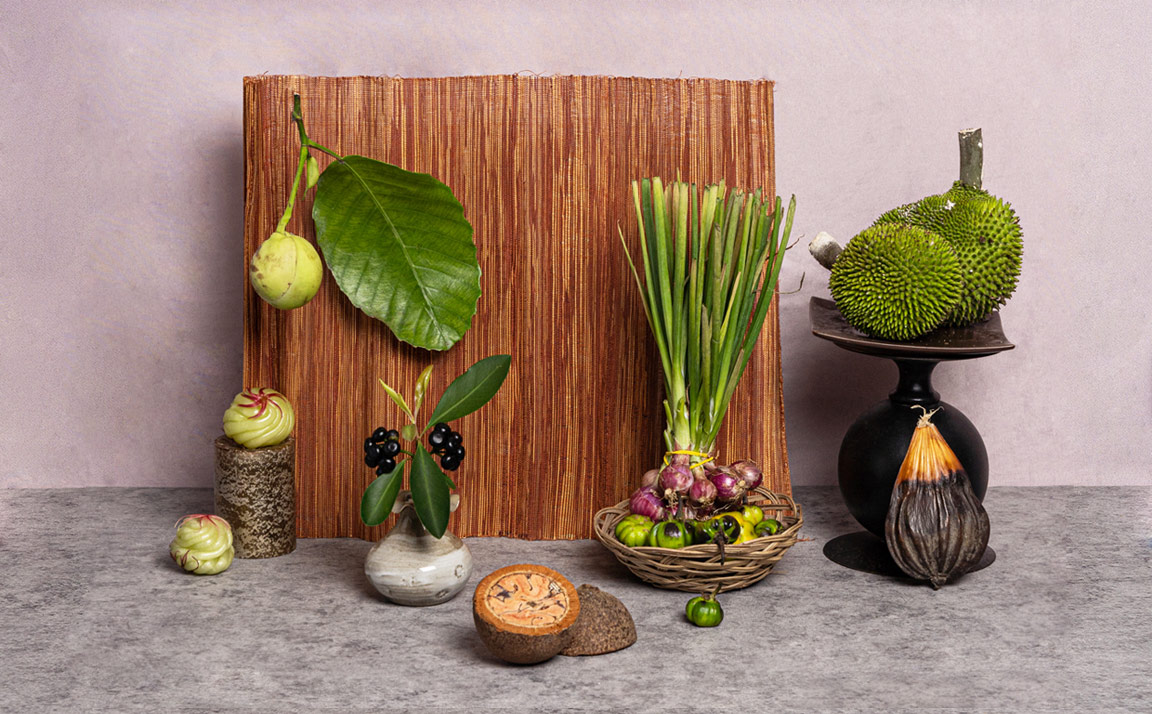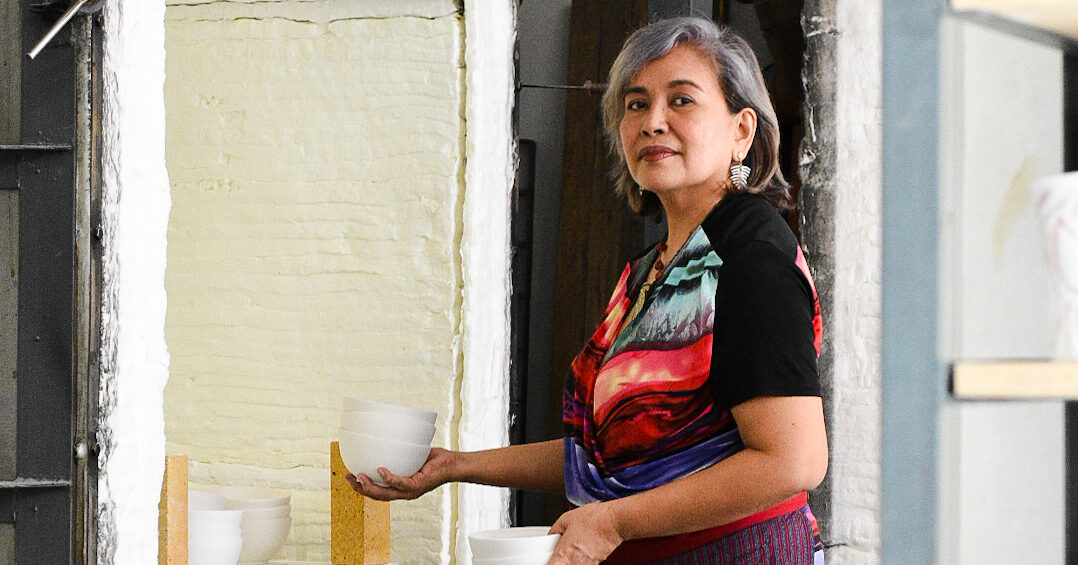John Sherwin Felix aka Lokalpedia’s photo collection documents artisanal salts and flowers
What’s in a list? Pared down to its core, the apparently objective methods of cataloging are often driven by the impulse to preserve. In the months since he started Lokalpedia, a visual archive of endemic and endangered Filipino ingredients, the self-taught cook and food heritage advocate John Sherwin Felix has maintained a list of hundreds of these food items that would soon find their way in feeds as posts whose subjects did all the talking.Blueberry-hued date-shaped fruits, dinosaur egg-like structures hugged by cracked clay pots, thorned, bright green husks that reveal something like an almond when pried open—these photos evoke a kind of nostalgia I imagine is unique to Filipinos, something akin to regret over wasted potential.
Or seeing promise in the vaguely familiar.
He doesn’t know it, but Felix speaks mostly in that register, and the stories he tells are hopeful, but his point is always to do something about that promise and make permanent the perishable. They’re all calls to preservation, clear and simple.
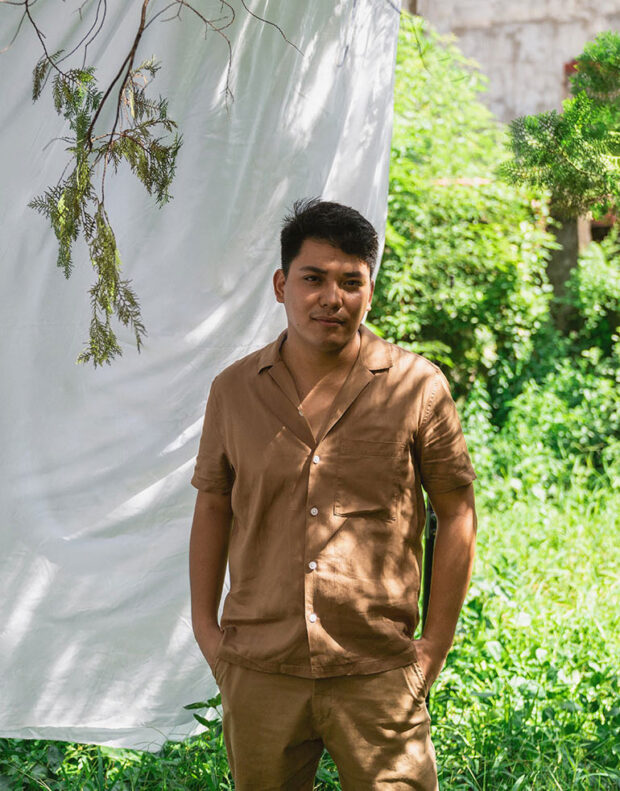
We meet Felix on a sunny day, in a dimly lit kitchen where carefully curated ingredients line the dining table. Without pause, he lifts each one for us to better see and smell, the light sheen and pungency of smoked fish and the brittle crumb and faint sweetness of native tapioca brought to life by his excited commentary. The careful curation (and narration) is not even half the job: Felix’s one-man team takes care of everything, from research and curation to the acquisition of ingredients, from writing and fact-checking to photographing.
The list Felix tells me about is a product of constant research and categorization. Reading books and spending hours on the internet, talking to fisherfolk and wet market vendors, after which the listed items are grouped according to their specific category. “There’s edible fungi, aquatic ingredients, native fruits, cultivars. And then I list down the localities, the seasonality.” But how exactly does he get a hold of these ingredients? “Either online or I go to wherever they’re located. There are ingredients kasi that need to be verified. For example, tawilis. Hindi ka puwede pumunta lang sa market and say na ‘o this is tawilis, the only freshwater sardine in the world.’ For that, I went to Taal Lake.”
After acquiring the ingredients, he photographs them and then composes a caption, which, after reading enough of them a careful reader might appreciate their unusual succinctness—there’s the scientific name (if the ingredient is a species), how it tastes, when and where the ingredient can be found, and how it can be used. No more, no less.
A welcome reference
Lokalpedia began as a hobby, an extension of a newfound interest in cooking that was characteristic of Felix. “I came from a background na everyone knew how to cook really well, which made me realize na kailangan marunong din ako. From there I started researching about regional cuisine. I wanted [to use] unique ingredients, and for sure meron tayo. Dun ko nadiscover na may cinnamon pala tayo, meron tayong Indigenous salt.” An online encounter with a Facebook user claiming that Philippine cuisine had no interesting ingredients and lacked unique spices would solidify Felix’s resolve to try to unearth the lost gems of regional cooking—those obscured by a food culture that has historically favored the capital region, or those that are soon to be lost due to exploitative activities.
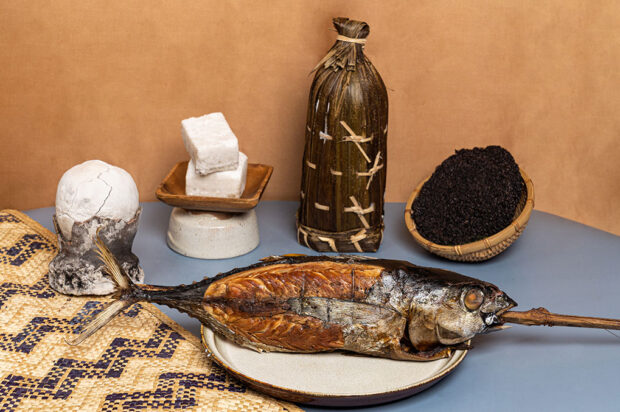
“In my hometown, may mga edible weeds and fruits sa mga kalsada, sa tabi-tabi. You have to explore, kasi hindi mo talaga sila makikita. ‘Yung mga unang ingredients na nakita ko, kalumpit, sabidukong, tsaka bagbagkong. ‘Yung sabidukong at bagbagkong, mga edible flowers na puwede ihalo sa vegetable dishes, puwede din gawing torta. ‘Yung kalumpit [naman], it’s a very high tree na ‘yung fruit pwedeng gawing jam or gamitin sa pastries. Hinahalo ko din minsan sa beverages. Sa Batangas, there’s someone na gumagawa ng kalumpit cheesecake. Imagine, meron pala tayong fruit na puwedeng mag-compete sa blueberry,” Felix says, adding that besides talking to local market vendors and cooks, it also soon became important for him to talk to fellow food heritage advocates who are driven by the same desire to preserve these ingredients through documentation and maybe more critically, through constant use. On his list of inspirations are Toyo Eatery, the photographer Joel Sartore, and the writer Edgie Polistico.
“…to unearth the lost gems of regional cooking—those obscured by a food culture that has historically favored the capital region, or those that are soon to be lost due to exploitative activities”
The visual archive started out partly as a sort of companion to The Banana Leaf Kitchen, Felix’s cooking account, which highlights both classic and lesser-known dishes of Philippine cuisine. Lokalpedia became a place where Felix could explain some of the ingredients he used in his cooking account, but soon enough it became the many things that it is today: a repository of rare food items, a testament against the reductive ways we tend to think about our cuisine, a welcome reference for home cooks, professional chefs, and even some scientists.
To position yourself this way in a public space whether consciously or otherwise is a pressure that sometimes gets to Felix, yet it’s clear to him that the lack of readily accessible information about these rare ingredients will only feed the existing communication gap between mainstream food media and the average Filipino. “That guy who said na wala tayo masyadong ingredients unlike other countries, he represents maybe thousands of Filipinos who have been [made to believe] that our country is not blessed with natural resources. I don’t want to say that Filipinos are ignorant…may communication gap lang talaga. ‘Yun ‘yung gusto kong punan through Lokalpedia.”
Ingredients as history lessons
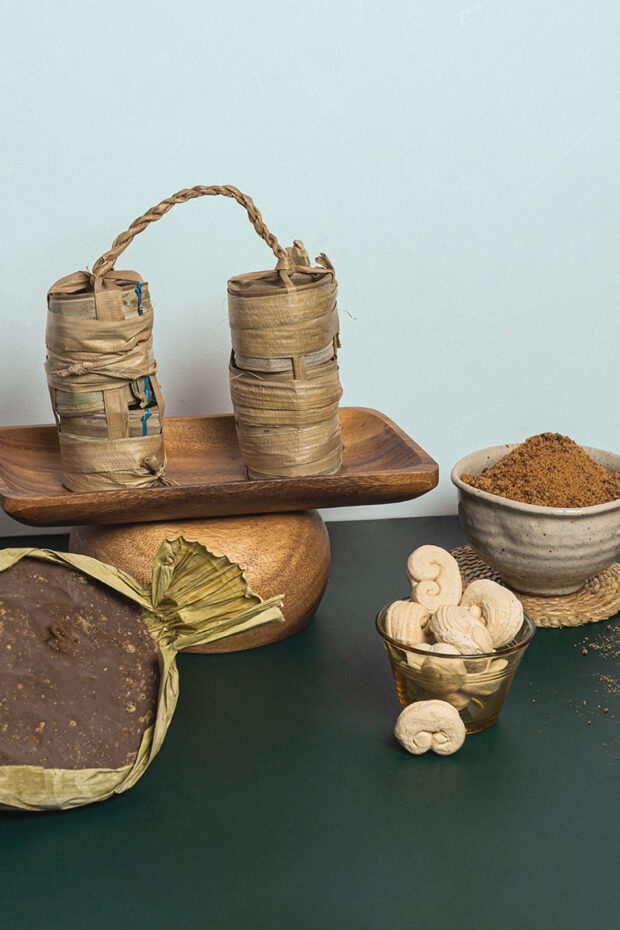
For his part, Felix has learned some valuable lessons about regional ingredients that are also obscure objects representative of a part of our history that we rarely talk about. On a trip to Don Salvador Benedicto in Negros Occidental, he learned that the Philippines has over 20 cinnamon species, many of them endemic and have been used in the country as early as the pre-Spanish period.
It’s a spice that we have always believed to be characteristically foreign—the way that we consider apples to be foreign and therefore an import in every sense of the word and therefore superior to our own produce. With Felix’s discovery of Philippine cinnamon was a story many of us probably last heard in high school history classes: “There are tribes like the Manobo na ginagamit siya dati pa, but our colonizers collected thousands of kilos of cinnamon from the Philippines then pinadala sa hari ng Spain.”
“…thousands of Filipinos… have been [made to believe] that our country is not blessed with natural resources…may communication gap lang talaga. ‘Yun ‘yung gusto kong punan through Lokalpedia”
Another pre-colonial ingredient, asin tibuok, provides glimpses of nearly extinct culinary traditions and the lives of the people who practiced them. This artisanal salt from Alburquerque, Bohol, described by Felix as having “a sharp, salty flavor with mild smoky undertones,” was one of the first posts on Lokalpedia, and which gained a lot of traction and eventually gave the food heritage advocate a better idea of the kind of project the account was shaping up to be.
The now-viral Facebook post details the labor-intensive process behind the making of this salt, which starts with soaking coconut husks in seawater for months after which they are dried and burned into ashes. Thanks to Lokalpedia and a few other food writers and bloggers and food heritage advocacy groups who have posted about it, the time-consuming, tedious practice has rightfully gained as much attention as the finished product itself, which, as Felix is happy to share, has given the industry the boost it needed to stay afloat. “‘Yun ‘yung importance ng [Lokalpedia]. Nung may mga taong nalaman na may asin tibuok pala, nabuhay ulit ‘yung industry. May mga friends ako sa Bohol na asinderos na tumaas daw ‘yung sales nila. Maraming asinderos din na bumalik sa pag-aasin.”
How much value do we assign to our own food?
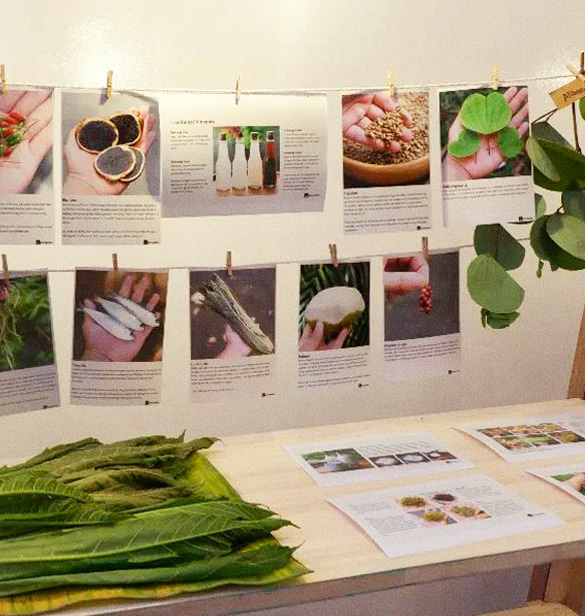
The artisanal salt remains a special entry in Felix’s slowly expanding catalog, and not because of the number of people it has reached (though of course, that is something to aspire to if the goal is to educate), but because of how telling it is of the amount of legwork it takes to produce a single post, which more importantly also seems to say a lot about the absence of these ingredients in our cooking. “Ang hirap niyang [asin tibuok] hanapin. So naghanap lang talaga ako ng contacts sa social media, and then I saw someone na niece ng asindero. Bumili ako ng ilang piraso—ang mura pa niya nun. But I think dapat mas mahal siya, sa hirap ba naman ng process. Sobrang undervalued niya.”
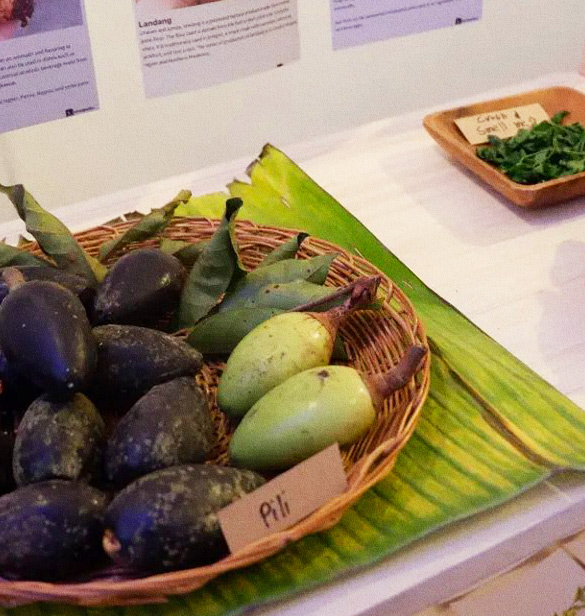
While the attention that Felix’s work has received hardly constitutes a hefty enough consensus about the value that we assign to our local ingredients, one of Lokalpedia’s more significant wins besides unearthing the lost is proving our simultaneous ignorance over and genuine interest in our own food, the only thing separating the two being the admittedly difficult (and expensive) act of seeking these ingredients out and everything else that is bound to happen when faced with the vaguely familiar. For the young advocate: catalog, photograph, talk about them with everyone who would listen, and then hope they would do the same. Or even just cook with them.
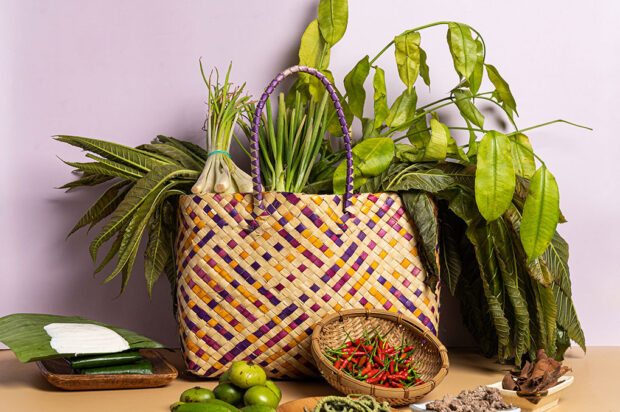
Felix has ambitious plans for Lokalpedia: “I’m trying to document hundreds of ingredients. There’s a lot to explore—I plan to go to Southern Palawan next and document their fruits. I want Lokalpedia to be the biggest collection of our food heritage photos. Of course, I also hope to produce a book someday.”
Whatever happens, there’s good that’s been done: Felix’s growing photo collection can mean at least one or two home cooks using an ingredient they’ve never used before, a retired salt maker returning to their craft, more curious, conscientious eaters, an amateur home cook turning to advocacy.
Photos by Samantha Ong
Creative direction by Nimu Muallam
Art direction by Levenspeil Sangalang
Produced by Pauline Miranda
Special thanks to Sassa Gurl

